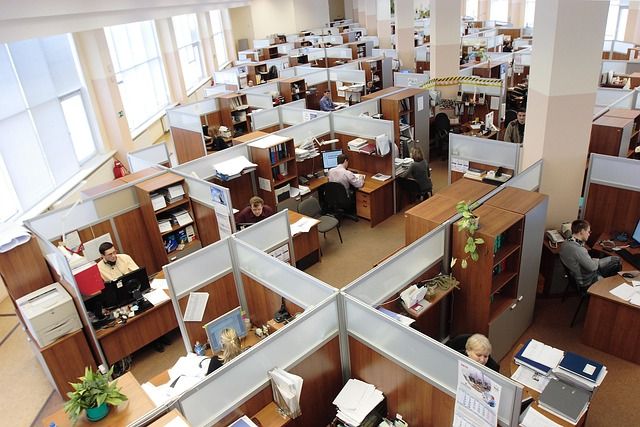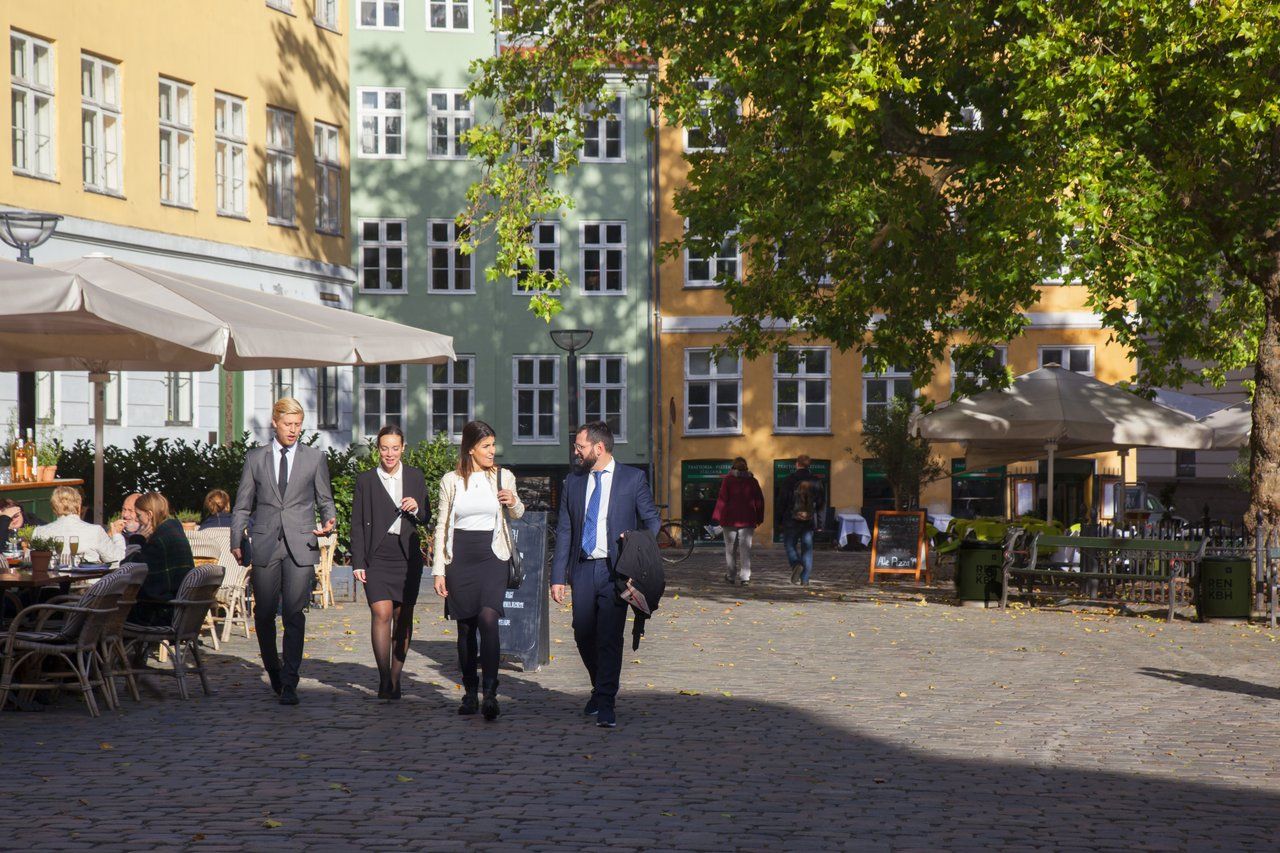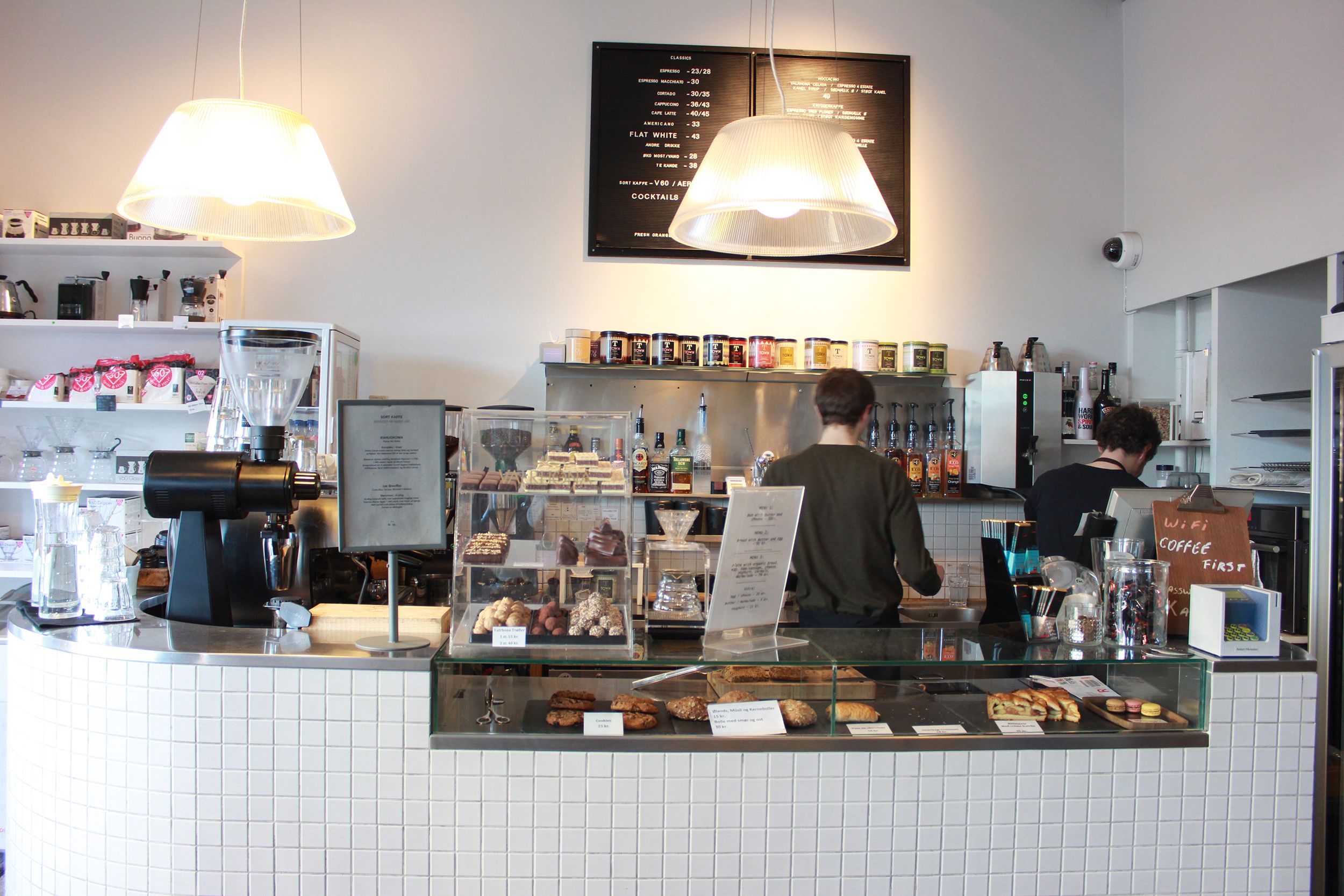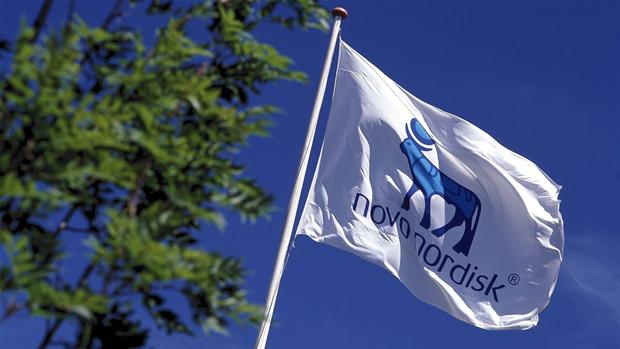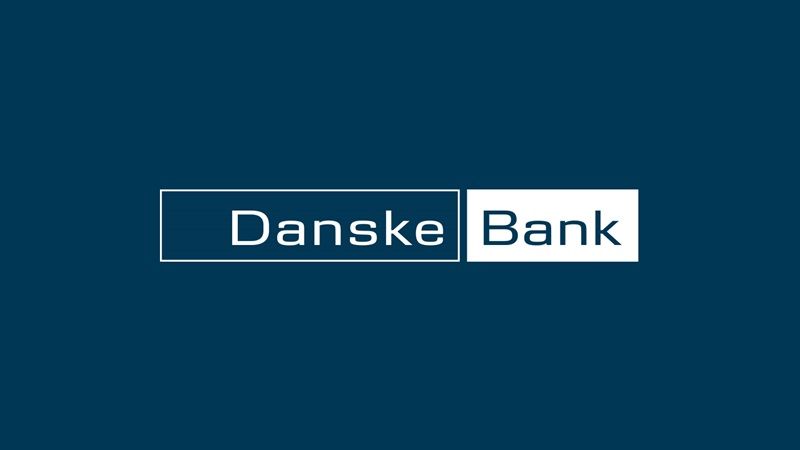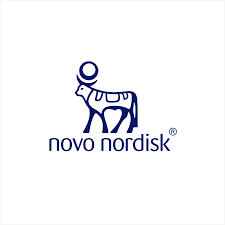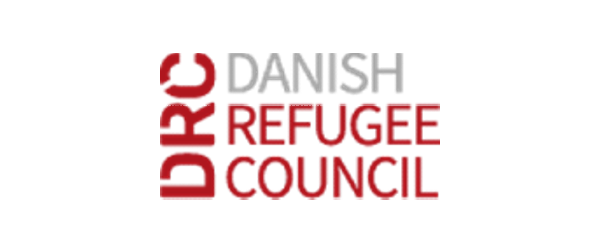The housing situation in Copenhagen has become so dire that students are resorting to building their own houses.
Well, not quite. Nine students from IA University College, Campus Horsens – representing seven different countries including Denmark, Spain, France and the UK – have just completed the construction of a sustainable and energy-efficient house in central Jutland.
The project, Building Tomorrow, has taken two and a half years and cost 1 million kroner, but according to founder Darius Moravcik, it has been “totally worth it”.
The students were helped out by local businesses in Horsens, as well as companies with a strong footing across the country and further afield.
And now the result of their hard work could have profound ramifications for the construction industry, the energy efficiency of businesses and settlements in the developing world.
Rethinking the house
“I was watching a documentary about sustainable housing and I realised that the way we build houses is far from perfect – so we have completely redesigned the concept of a house,” Moravcik explained to the Copenhagen Post.
“The idea of the project was to see how far we could go in terms of sustainability.”
The house is made of recycled materials, sustainable and off the grid, meaning it is able to produce its own electricity and drinking water and is even suitable for partial food production.
“We couldn’t have done it without the support of the school,” said Moravcik, who hopes its faith will be repaid with acclaim and an invaluable learning tool.
Creating the vision
The house was entirely built by volunteers and designed by the founders, who Moravcik describes as having “no real-world experience”.
He estimates there were around 100 volunteers working on the house during the summer, with some coming all the way from Japan. The volunteers enjoyed a unique educational experience, with engineering lectures in the morning and construction work in the afternoon.
Building Tomorrow’s budget was initially a mere 60,000 kroner, but this soon mushroomed into the final figure of 1 million. A lack of experience played a part, although Moravcik contends that the spiralling costs were more of a result of the design of the house constantly evolving over the construction process.
“We wanted to include all of the possible technologies, so the design changed from being simple to quite sophisticated as we went along,” he said.
Thanks to financial and material supporters, however, the escalating budget was not a problem. Building Tomorrow was especially helped by Insero, a company that invests in energy-related ventures, who gifted 500,000 kroner to the project.
With the help of a total of 50 companies, including Velux and Euromaster, the house is now standing, and last week on Friday, it officially opened.
Not all plain sailing
“After the first year, we got rejected for a building permit. That was the point where we thought it wasn’t going to happen,” recalled Moravcik. “They are very strict about what you can build, and nothing like this has been done before.”
They eventually acquired the permit, although it does not allow people to live in the house as it is registered as a research facility.
Other than Danish bureaucracy, the students had the challenge of juggling the work with their other commitments.
“All of us were still doing our bachelors and most of us also had part-time jobs,” continued Moravcik. “We had uni, then work, and in the evenings we worked on the house.”
Tomorrow’s tomorrow
Now that the house is finished, it will be used as a research facility for students studying at VIA and beyond.
Meanwhile, the students have high hopes that the technology used in the house could be used to improve the energy efficiency of businesses – the plans are currently free to access on the project’s website at buildingtomorrow.dk – and to possibly launch a business of their own. Living Designs has been suggested as a name, but nothing is official yet.
Building Tomorrow is committed to aiding projects in countries with limited resources such as Namibia, which has links with the university, to provide better housing for people living in poverty.
“Our model is very sophisticated, but the basic model would work well in developing countries,” said Moravcik.
“But it may be too early to say. This is just the first step – we know the house works in theory, but we need to test it out, as things are never the same in real life.”
For now though, Moravcik has more short-term plans.
“There is a gigantic hammock inside the house, and it is a fantastic place to take a nap!”







